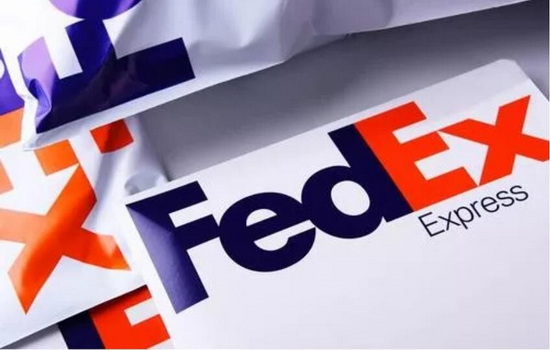
Hi Everyone,
Happy New Year everyone. I hope you've all enjoyed a good holiday and wishing you all the best for 2020.
As we start the New Year I thought it would be worthwhile to re-explore the need for developing an updated business strategy. As you'll see in the newsletter (video here), FedEx let their strategy get outdated and stale and is paying the price. This month's newsletter is called "The most dangerous strategy of all"
Enjoy and have a great 2020! - Cam
CTipping@iibd.com
(+1) 250 595 8440
(+1) 778 533 8440 M

Volume 19 Newsletter 12
The Most Dangerous Strategy of All
After an exhausting 700+ case studies at business school it’s a wonder that anyone would remember one as standing out, but for me it was the FedEx case study. The case follows Fred Smith's creation of the iconic company, an idea he formulated as a student at Yale where he wrote the business plan as part of a class assignment. For his efforts he received a meager C from his professor who’s comment on the notion that packages could be moved by airplanes rather than trucks was …"The concept is interesting and well-formed, but in order to earn better than a 'C', the idea must be feasible." Of course, Fred Smith went on to create FedEx but not without a few bruises. Early on FedEx scraped the edge of bankruptcy and sheriffs actually had orders to seize FedEx’s planes. To save the company, lookouts were posted at airport entrances to radio ahead if a sheriff was approaching the airport. Pilots would quickly taxi the plane out onto the runway to ensure the hanger was empty for the impending sheriff’s visit. Exciting times to say the least.FedEx was a great case study of strategy as it showed how Portfolio, Segmentation and Positioning strategy all had to align. The big reveal in the case study (and for FedEx at the time) was the discovery that the FedEx envelope could earn $125.00 per cubic meter compared with boxes that earned $5.00 per cubic meter. The portfolio strategy was moving all their efforts into selling those FedEx envelopes for which they became so famous. The segmentation strategy became focused on the executive offices as opposed to the shipping room where myriad competitors were ensconced and the positioning of "FedEx-when it absolutely, positively has to be there overnight" was brilliant especially in a day when three to five day mail delivery was considered fast!Of course a lot has changed and there have been ups and downs since the 1980’s. First, fax machines removed much of the need for FedEx Envelopes but, later on, online shopping came along which was a huge boost for FedEx as customers wanted their packages ASAP. Unfortunately, that wave crashed when they were dropped by Amazon which started its own shipping service leaving FedEx looking like the dinosaur the Postal Service was seen as in the 1980's. As we approach 2020 pundits are writing that Walmart or Shopify might buy FedEx in a combative move against the Amazon behemoth. FedEx was the disruptor back in the 1980’s but has since been disrupted, recovered and disrupted again. What can we learn from FedEx yesterday and today:
1. Being a disruptor is tough but exciting: Fred Smith’s bold idea of moving parcels by plane was revolutionary. By all accounts it was an exciting business; teetering on the brink of insolvency added to the fun (and resolve) of the pilots, the logistics team and sales people.
2. Being disrupted is also tough: Like an old athlete who has hung on too long, disrupted businesses can feel tired and the strategy past its due date. Good strategies do all they can to prevent this situation!
3. Strategy is situation specific: An old lesson we learn again and again and will likely re-learn in 2020. What was successful at one point in time, in one culture or in one geography may not be successful in another. This principle is timeless yet companies fail to navigate it time and time again.
What will happen to FedEx as we head into 2020 is anyone's guess. In past newsletters we’ve seen some businesses recover nicely (Blackberry, Apple) and we’ve seen others crash (Blockbuster, Circuit City). For FedEx, the true tragedy is they've hung onto a business model for far too long putting themselves in a situation where they're no longer in charge of their destiny. As we head into 2020 it's evident that the most dangerous strategy of all is not developing a new one. ... What’s your plan for 2020?

 沪公网安备 31011502013770号
沪公网安备 31011502013770号